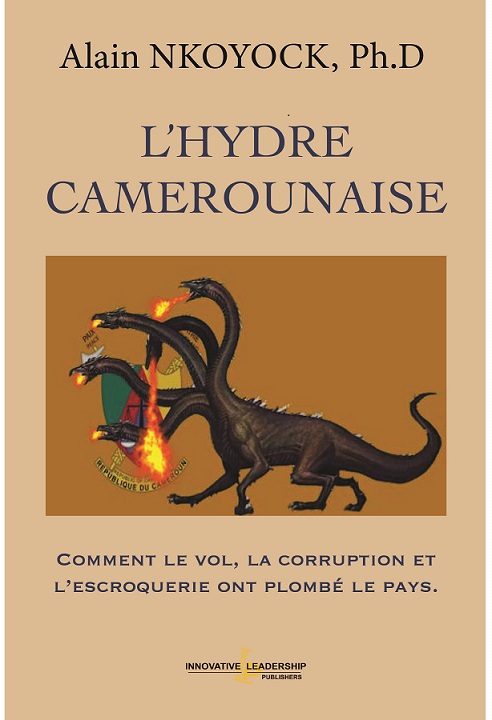Si ces 10 propositions sont appliquées sérieusement, alors on pourra enfin anéantir notre hydre nationale à nous : la corruption !


Si ces 10 propositions sont appliquées sérieusement, alors on pourra enfin anéantir notre hydre nationale à nous : la corruption !
Cette série d’articles a pour objectifs (1) de proposer l’architecture d’une technopole camerounaise et les mécanismes de sa mise en place ; (2) d’identifier les contraintes organisationnelles et institutionnelles, et culturelles auxquelles s’expose une technopole camerounaise ; et (3) de proposer des solutions afin d’éviter que la future technopole camerounaise ne puisse être considérée comme un simple relais d’importation de biens et services à fort contenu technologique, sans permettre une réelle intégration des nouveaux secteurs de haute technologie au tissu industriel local.
Information technology sometimes refers to the information systems (IS) organization that combines the technologies, processes, people, and promotion mechanisms to improve the performance and effectiveness of the organization. IT affects nearly all aspects of human endeavor and assists in the management and operations of various types of organizations.
The purpose of this post is to compare and contrast three team-oriented software development process models: Unified Modeling Language (UML), Extreme Programming (XP), and Rational Unified Process (RUP)) regarding their impacts on group software development.
Most companies enter outsourcing agreements without a good process discipline. This situation can lead to escalating costs, poor results, and difficulties managing the relationship. IS managers should know what, when, and how to outsource. They should be aware of the leadership decision-making regarding outsourcing and offshoring.
Alignment is a cross-cutting issue!
Traditional capital budget methods are limited to valuate IT projects because of (a) their inability to cope with risk, uncertainty, and flexibility, (b) they overlook the cost to train users, the learning curve to adapt to new technologies, and the socials subsystems costs and benefits of the IT projects, and (c) their inability to quantify intangible benefits such as improving knowledge, customer service, or decision making.
Dear reader, the purpose of this post is to provide relevant information on Structural Equation Modeling (SEM) to you. I also want to use this opportunity to emphasize that SEM and other second generation data analysis techniques are increasingly being applied in management information systems (MIS) research and practice. I will be posting additional materials on the use, usefulness, and ease of use of SEM in MIS research and practice on my weblog.
The five-stage process summarizes the steps for a successful IT strategic alignment in multinational corporations (MNCs.) The process has five stages, each of which is associated with one of the nine reasons explaining IT projects failure.
The purpose of the present positivistic research study was to investigate business-IT strategic alignment in a multinational corporation by examining (a) the role of knowledge management processes in the relationship between contextual factors and alignment, and (b) the role of IT projects in the relationship between alignment and organizational performance and effectiveness.
This study used a field survey and structural equation modeling (SEM) techniques to analyze data collected through the stratified random sampling of 263 IT and business managers employed in the U.N. Secretariat.